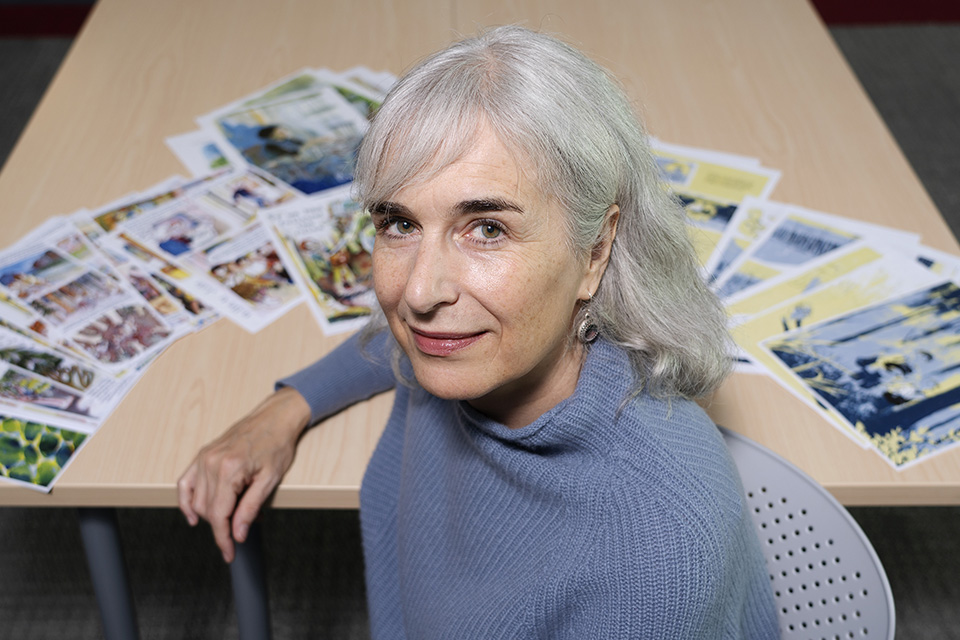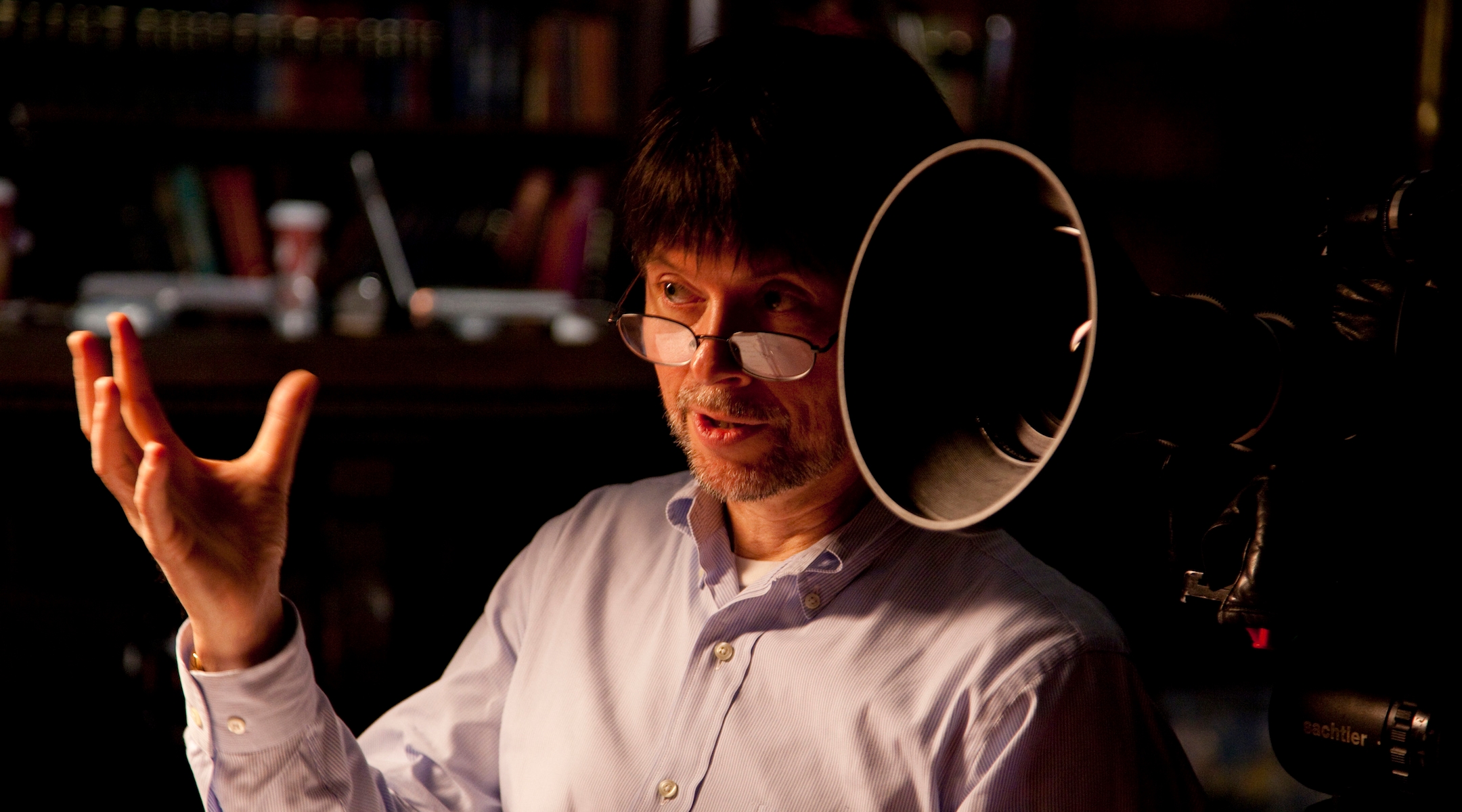With Kurt Becher and Karl Plagge, there were no two sides: Becher was evil and Plagge was righteous.
How so?
Becher served in the SS in Poland in the early 1940s. He is guilty of the murder of many Jews. In Budapest in 1944, he extorted a fortune of money from Rudolf Kastner and helped get the Kastner train and some 1,600 Jewish refugees out of Hungary to Switzerland. Undoubtedly, some of them would have been murdered without Becher’s assistance (Anne Porter, The Kastner Train). But there was nothing genuinely good about Becher.
After the war, Becher was arrested and put on trial for war crimes. The sad irony is that Kastner, who survived and moved to Israel, traveled to Europe and testified at Becher’s trial on Becher’s behalf. Becher was exonerated of all crimes, set free to return to civilian life and went on to become a very wealthy man, using the fortune he extorted from the Jews as a foundation for his business ventures.
On the other hand, Plagge was a noble man. In his book, The Search For Major Plagge: The Nazi Who Saved Jews, Michael Good tells the story of Plagge’s nobility and kindness during his service with the Germans in Vilna, after 1941.
He used his position as an officer in the German army to employ Jews who lived in the Vilna Ghetto. When the Germans chose to liquidate the ghetto, he set up a forced labor camp where he saved many Jews by issuing work permits and advocating for the fact that these workers were essential for the German war effort. He also saved their wives and children, using the argument that they would work better if they would be motivated to keep their families alive.
When the SS decided to liquidate the work camp, he warned his Jewish workers and told them to hide. About 200 of them were able to survive in hiding. Only 2,000 of Vilna’s Jews survived the war. The largest number of them were beneficiaries of Plagge’s largesse.
Plagge was arrested after the war and put on trial. A good number of the Jews that he had saved testified on his behalf. The court exonerated him. The survivors later petitioned that he be designated among the Righteous Among the Nations at Yad Vashem. In 2004, he received that recognition.
There are many times in life when as students of history, (and we all ought to be students of history), we need to be able to see beyond what events seem to mean on the surface. Discerning people should be able to see both sides of the often complicated and ambiguous circumstances that we encounter, as was the case with Lord Caradon. In addition, we frequently also need to see beyond ambiguity and recognize either good or evil in the absolute sense of those terms.
(full article online)
In today’s column, we look at two men who wore Nazi uniforms, but what a difference. But we need to view the two Nazis in the lens provided by the UN ambassador from the UK.

www.jpost.com
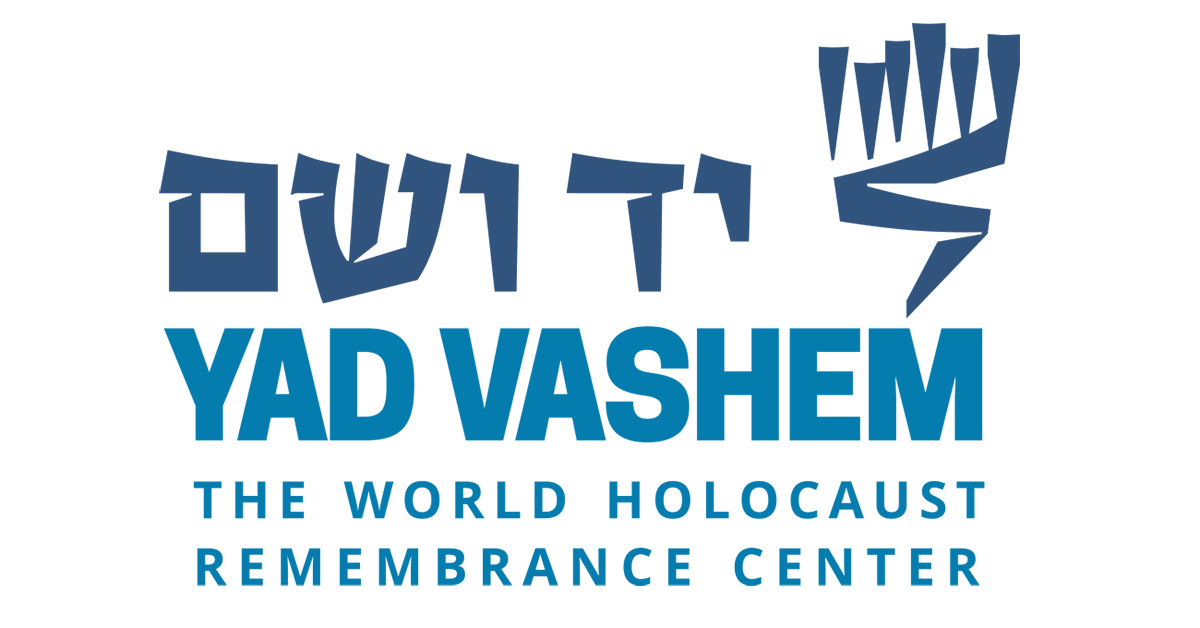

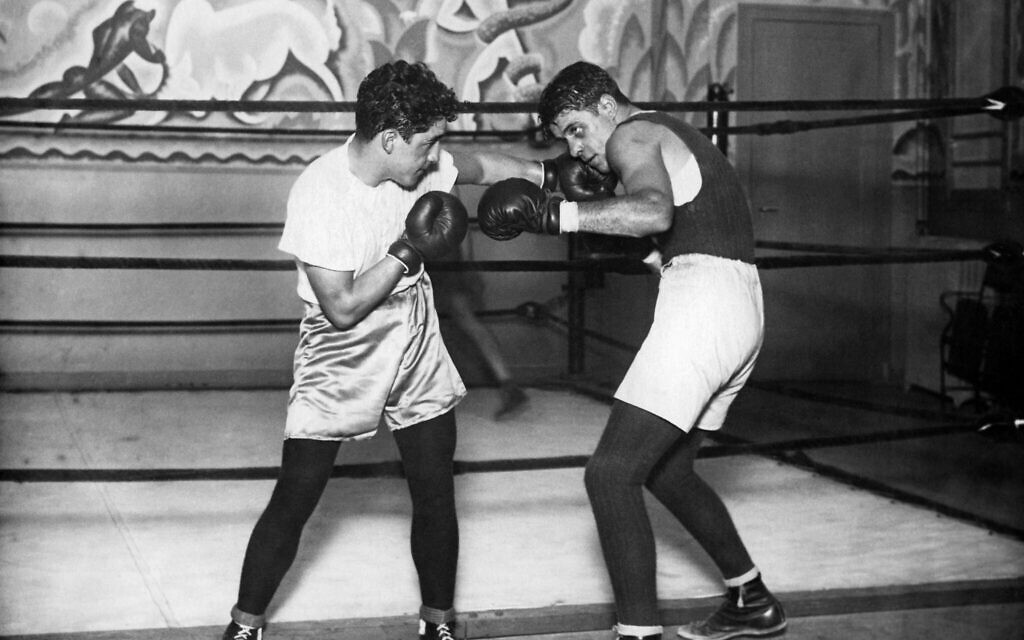
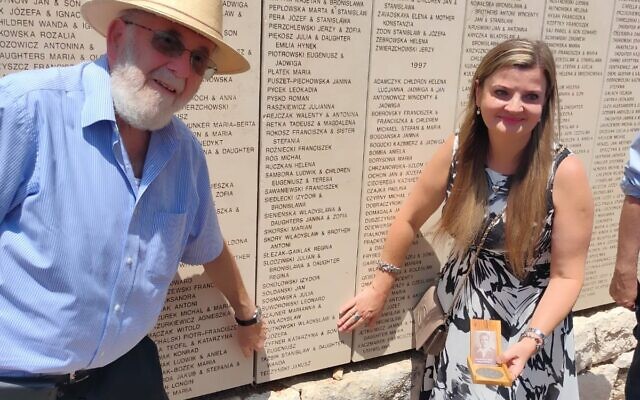
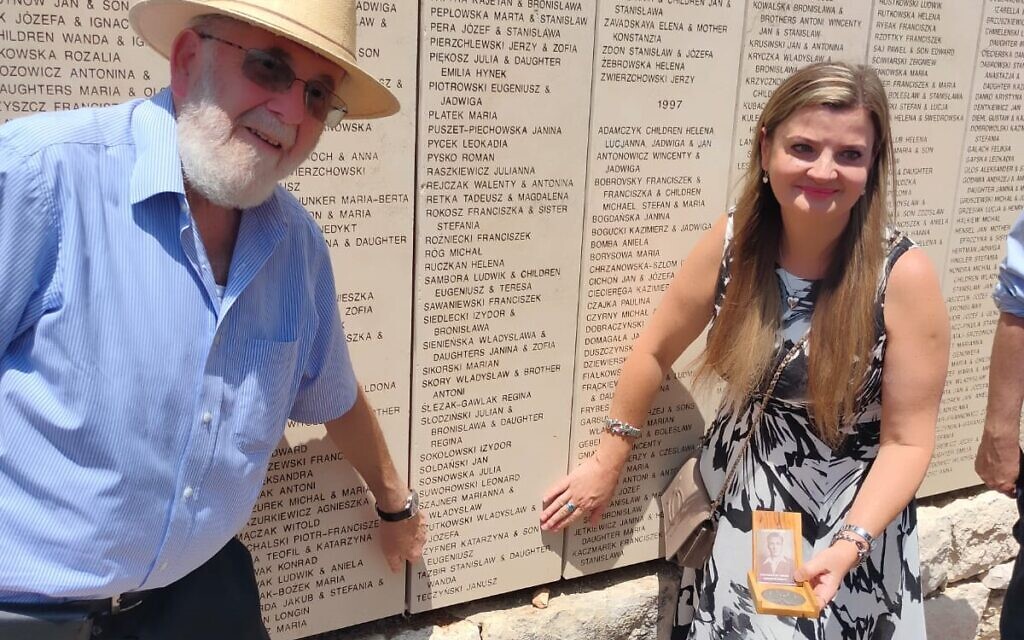
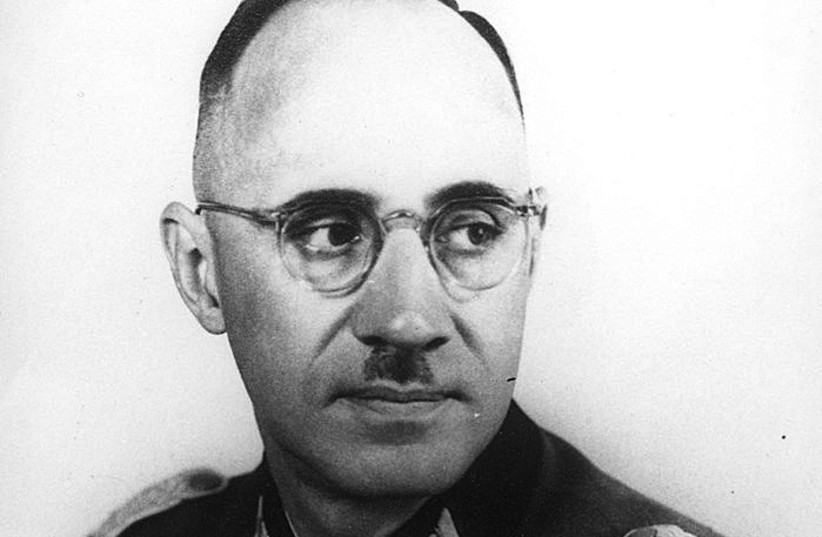

/https://tf-cmsv2-smithsonianmag-media.s3.amazonaws.com/filer_public/8c/05/8c05a286-d62f-4011-bfc0-cc30319561a2/godal.jpg)
/https://tf-cmsv2-smithsonianmag-media.s3.amazonaws.com/filer_public/78/f0/78f0fd96-a7b2-4611-97f1-2577a0a33b49/st-louis-statue-of-liberty.jpeg)
/https://tf-cmsv2-smithsonianmag-media.s3.amazonaws.com/filer_public/f6/28/f628a006-732c-4b2f-8314-a28b02004f9f/death_copy.jpg)


